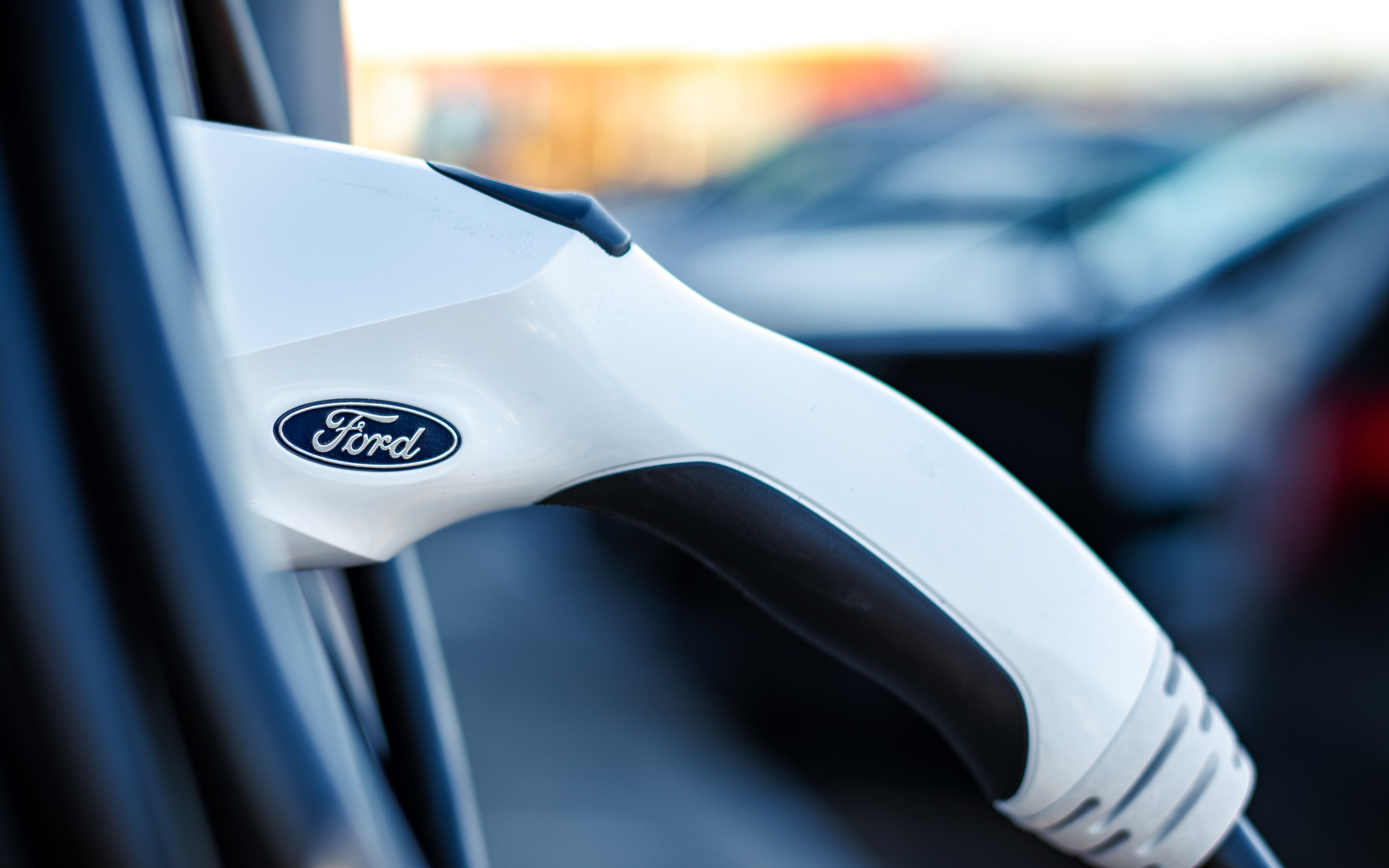EVs have grown in popularity over the last few years, and according to a 2019 report from McKinsey, worldwide EV sales stood at 2.1 million units in 2018, and up to that year, the EV market witnessed a growth rate of 60% year-on-year. As with most other things, the COVID pandemic slowed down the growth of the EV market, but only for a short while.
The International Energy Agency (IEA) shared in a 2020 report that they project the global electric vehicle fleet to reach the 130 million units mark by 2030, and this is impressive when you consider that in 2018, the global EV fleet was only 5.1 million units, showing an astounding growth in a relatively short time.
As much as electric vehicles are a “cleaner” alternative to regular internal combustion engines, they’re still not as clean as we would like them to be. The steady growth of electric vehicles on our streets means that power generators and other utilities are “struggling” a bit to determine how much power load is necessary to charge electric vehicles.
Analysts disagree on most metrics related to the impact of electric vehicles on our power grids, but they have all settled that grid impacts are based on region and time of day. For example,
- If more people adopt charging their vehicles while they sleep, they’ll be greater demand for electric cars at nighttime.
- Whereas, If more people decide to charge their vehicles while they work, it’ll mean that EV demand peaks during the day, and that may not be the best-case scenario for utilities and grid operators. As EVs grow in popularity, the biggest challenges for our power grids will be charge timing and volume; volume refers to the overall expectations for Electric vehicles.
Getting less output from EV chargers than expected
Have you ever wondered why your electric vehicle charger isn’t transmitting as much power as advertised? For example, let’s say you make use of a 7kW charger, and it only transmits 4-5kW routinely; today, we’ll try to shed more light on this phenomenon.
Often, we may get less performance out of our EV chargers due to false advertisements or miscommunication. Some EV chargers will transmit “up to 7kW”, but they’ll operate at a lower power base most times. This doesn’t mean that you cannot get the maximum advertised output from such; it just means that certain charger types are more efficient than others; a skilled EV charger retailer like EV Powerhouse can shed more light on such a phenomenon if you reach out.
Alternatively, if you’re using a Level 2 240-volt connector for your Tesla or high-performance EV, you can usually expect a higher level of efficiency when compared to a regular 120-volt wall outlet.
How does Property Load Affect EV Charging Power and Speed?
You may have wondered how your home’s power load affects EV charging speed and output, and you’re not alone because thousands of Australians have had this wonder in the past, and we’re here to answer your questions.
Electric vehicle owners do not need to be professional mechanics or hold electrical engineering degrees. Still, it’ll be in our best interests to understand the basics of electricity and how it relates to our homes, EVs, and other appliances.
More than most other things, the built-in charger of your electric vehicle plays a huge role in determining how quickly your EV gets filled up, and if you use a DC fast charger, it gets the job done faster by providing your vehicle with DC directly bypassing the need to convert AC to DC.
Property load cannot be overlooked in the process of EV charging speed and power assessment, and this is because the electrical capacity of your property determines how much power and speed you can get out of your electric vehicle charger. At the end of the day, your home’s power output cannot give more than it has been designed to; even if you use the most impressive electric vehicle charger, you may end up wanting more.
Power quality issues can lead to slower charger output and even damage to charging hardware. When you have a lot of power demand simultaneously, it can lead to lower charging speeds and power. Admittedly, property load’s effects on EV charging have reduced steadily over time. However, it’s still important to keep in mind that demand and energy surges can have an impact on the speed at which power fills up your electric vehicle.
Understanding Load Balance and Dynamic Load Balancing
If you’re new to the electric vehicle scene, dynamic load balancing is one of the famous buzzwords you may have encountered during your time in this space. EV Powerhouse is here to explain better what load balancing and dynamic load balancing entail for those of us who would like to understand better what load balancing and dynamic load balancing entail.
Dynamic load balancing refers to the process of safely balancing energy usage between your home appliances and your electric vehicle, and this is important because to get the most out of your charging process, it’s always a good idea to balance the load.
Smart charging through dynamic load balancing helps you safely and expertly balance energy usage between your automobile’s charging station and other appliances within your home. Smart charging with dynamic load balancing enables you to make the most out of the power you have at a particular time.
Load Balancing
On a broader note, electric vehicle charging load balancing is the process of power distribution across multiple automobiles. Let’s take an electric vehicle charging station with a high capacity, and charge balancing will help distribute available power equitably across all the cars currently charging.
On a residential level, everyone can require charge balancing from a single-family home with two electric vehicles to a large residential apartment with a dozen electric vehicles. When we properly approach charge balancing in our homes and apartment complexes, multiple cars can be charged efficiently at the same time without performance tradeoffs.
You might be wondering to yourself, why should I consider load balancing?
Load balancing offers every Australian a seamless and powerful charging connection. Failure to effectively manage load can lead to expensive infrastructural upgrades to improve power output; why spend a fortune to get the level of output you can expect through proper load management?
How to Choose the Ideal Charger for you?
Choosing the ideal charger for your needs is like making any other important life decision; if done right, you do not have to worry about an electric vehicle charger for a long time, but if done wrong, you’ll most likely find yourself on the electric vehicle charger market soon making similar mistakes like the first time.
When choosing an electric vehicle charger for your needs, please consider your property’s power supply, also consider how much load is on your home or apartment, and what type of features your living space possesses. Most of the information you’ll need to choose the ideal charger for you will come with your owner’s manual, and consulting your manual is a great way to start your charger journey.
Following instructions, you may be surprised to learn how many people max out their electric vehicle charger’s needs because they believe you cannot go wrong with more. Please follow instructions and stay within the limits prescribed by your vehicle manufacturer. If you need clarity at any point in time, do not hesitate to reach out to a professional who deals with electric vehicle chargers.
If you drive a cute electric vehicle with a 35kWh battery and a recommended Level 2 240V charger, using anything more substantial might be overkill, and it can end up doing more harm than good. Finally, if you’re in the market for an electric vehicle charger, it’ll be in your best interest to reach out to EV Powerhouse, your preferred electric vehicle service in Australia. Reach out to this service, and you’ll never have to stress about EV chargers again.
How to Avoid Battery Overload?
More often than not, we believe that more is better, and in a lot of instances, having excess is more reasonable than having less. Life requires balance, and as with most other things in life, learning how to balance will go a long way in helping you.
Are you aware that charging your electric vehicle to the max every time usually does more harm than good in the long run? You can “overcharge” your EV battery, which can significantly reduce your battery’s lifespan.
If you want to get the most out of your EV batteries for as long as possible, endeavour to charge with intention. Charging with intent is when you calculate your consumption needs for the coming day, then charge accordingly with maybe a 10 -20% excess for unknown variables.
In such a scenario, if your daily commute is 40kms, you can put about 45-50kms worth of power on your electric vehicle instead of maxing out your charging daily. It might seem counterintuitive to a lot of us. Still, one of the best things you can do for your electric vehicle battery is to operate within the prescribed bounds set by your vehicle manufacturer.
In your quest to manage your electric vehicle battery, it’ll be in your best interest to get allies on your side. One of your most effective allies is an electric vehicle charger retailer like EV Powerhouse in Australia.
Helping you get the most out of your electric vehicle
Identifying and calculating your EVs impact on the grid can be challenging and borderline impossible at times; additionally, load balancing and dynamic load balancing might seem like a foreign concept to you, but that should not be a reason for you not to try to know as much as possible – the longevity of your EV is worth the efforts.
There are a lot of electric vehicle charger retailers operating in Australia; some have virtual stores, some operate physical stores, and a lot of others run hybrid operations. But none of these services will go above and beyond for you the way our service will, and that’s a promise.

